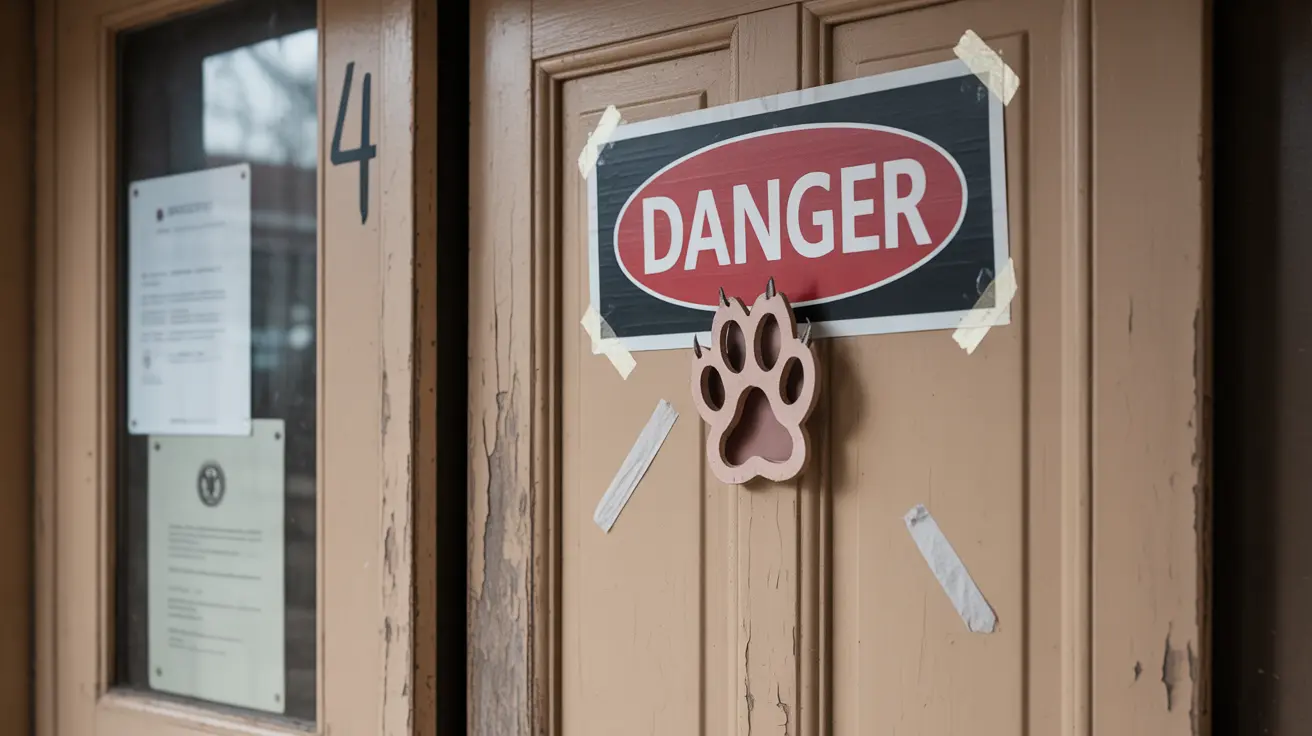A significant cat rescue neglect case in Pennsylvania has led to the rescue of 71 cats from deplorable conditions at a Bensalem shelter. The Bucks County SPCA intervened to save these felines from chronic suffering, with the rescue's director now facing animal cruelty charges.
The cats, many suffering from multiple health issues, are currently receiving treatment at two shelter locations in Lahaska and Quakertown. Medical teams are addressing widespread problems including flea infestations, ear mites, and respiratory infections that developed due to inadequate care and unsanitary conditions.
Immediate Medical Response and Treatment
Addressing Multiple Health Concerns
The rescued cats are receiving comprehensive veterinary care for several concurrent health issues. Primary concerns include:
- Severe flea infestations requiring immediate treatment
- Ear mite infections necessitating medical intervention
- Respiratory infections stemming from poor living conditions
- Other health issues related to overcrowding and neglect
Professional Care Protocol
The professional medical staff at both shelter locations are implementing structured treatment plans to ensure each cat receives proper care. This systematic approach helps track individual progress and ensures no health issues go untreated.
Shelter Conditions and Oversight
The discovery highlights critical gaps in Pennsylvania's animal welfare regulations, particularly regarding cat rescue operations. Unlike dog kennels, cat shelters often operate with less stringent oversight, which can lead to situations where problems go unnoticed until they become severe.
Warning Signs of Shelter Neglect
The case revealed several red flags that indicate problematic shelter conditions:
- Overwhelming odors of urine
- Chronic unsanitary conditions
- Heavy infestations of flies and fleas
- Overcrowding issues
- Inadequate ventilation
- Poor general hygiene standards
Recovery and Future Prevention
The Bucks County SPCA is working diligently to rehabilitate these cats and prepare them for eventual adoption. This process involves not only medical treatment but also ensuring proper socialization and emotional recovery from their traumatic experiences.
Frequently Asked Questions
What signs of neglect were found at the rescue shelter?
The shelter exhibited chronic filth, overwhelming urine odors, and heavy infestations of flies and fleas. Cats were found suffering from multiple health issues including flea infestations, ear mites, and respiratory infections, all exacerbated by overcrowded conditions.
How are the rescued cats being treated and rehabilitated?
The cats are receiving comprehensive medical care at professional facilities in Lahaska and Quakertown. Treatment includes addressing parasites, infections, and respiratory issues, with each cat receiving individualized care to ensure full recovery before consideration for adoption.
How can the public help prevent similar situations?
Community members can help by:
- Reporting suspected animal cruelty to local SPCA or animal control authorities
- Supporting legitimate rescue organizations through donations or volunteering
- Considering adoption from reputable shelters
- Being aware of proper shelter conditions and reporting concerns promptly
This case serves as a crucial reminder of the importance of proper oversight and care standards in animal rescue operations. While the affected cats are now receiving appropriate medical attention and care, their situation highlights the ongoing need for vigilance and proper regulation in animal welfare facilities. The community's support and awareness remain vital in preventing similar cases of neglect and ensuring the well-being of rescued animals.






